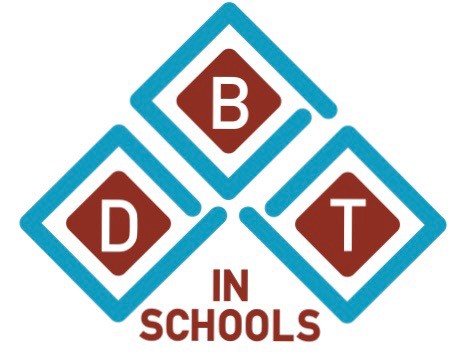
Summary
Skills Training for Emotional Problem Solving for Adolescents (DBT STEPS-A). Dialectical behavior therapy (DBT) skills have been demonstrated to be effective in helping adolescents manage difficult emotional situations, cope with stress, and make better decisions. From leading experts in DBT and school-based interventions, this unique manual offers the first nonclinical application of DBT skills. The book presents an innovative social-emotional learning curriculum designed to be taught by general education teachers or other school personnel in grades 6-12. Explicit instructions for teaching the skills—mindfulness, distress tolerance, emotion regulation, and interpersonal effectiveness—are provided in 30 lesson plans, complete with numerous reproducibles: 99 handouts, a diary card, and three student tests.
Strategies supporting educational equity (CASEL)
Not available at this time.
Implementation
Below are key implementation details for this program. These specifications help determine if the program is a good fit for your school or organization.
Setting
Classroom
Cost
$45 per teacher (manual)
Staffing Requirements
Optional costs can include training on implementation of curriculum. Although not required, many do choose to attend training provided by DBT in Schools, LLC to enhance their overall understanding of the curriculum, the skills taught, and how to teach them to students.
Outcomes
Advocate for reducing stigma associated with emotional and mental and behavioral health
Compare & contrast emotional, mental-behavioral illness, mental well-being and concurrent disorders
Describe how self-harm or suicide impacts other people
Describe laws related to minors accessing mental health care
Explain how to help someone who is thinking about attempting suicide
Identify school and community resources that can help a person with emotional, mental and behavioral health concerns
Mental Health Literacy Components
This program addresses the following mental health literacy components:
Understanding stigma and strategies for stigma reduction
Understanding how to foster & maintain positive mental health
Understanding how to seek help effectively
Understanding common mental health disorders, signs and symptoms, and treatments
Evidence of Effectiveness
1 Peer-Reviewed Publication. Quasi-Experimental. 72 female Irish High School Students (15-16 years old). For students receiving DBT STEPS-A intervention, there was a significant improvement with respect to two of the four outcome measures (Emotion Symptom Index and Internalising Problems). A statistically significant treatment effect for Emotion Symptom Index and Internalising Problems was also reported (p<.0125).
